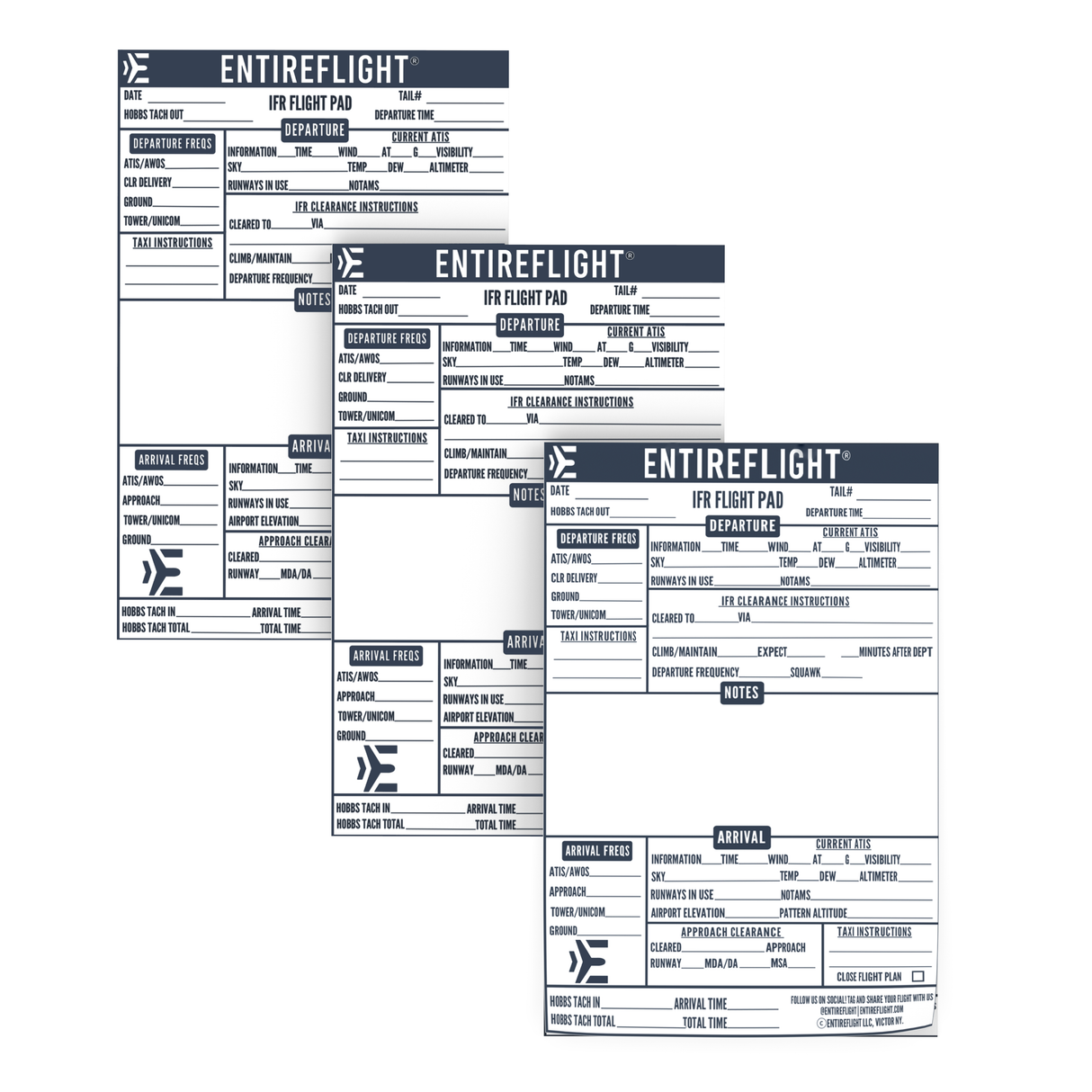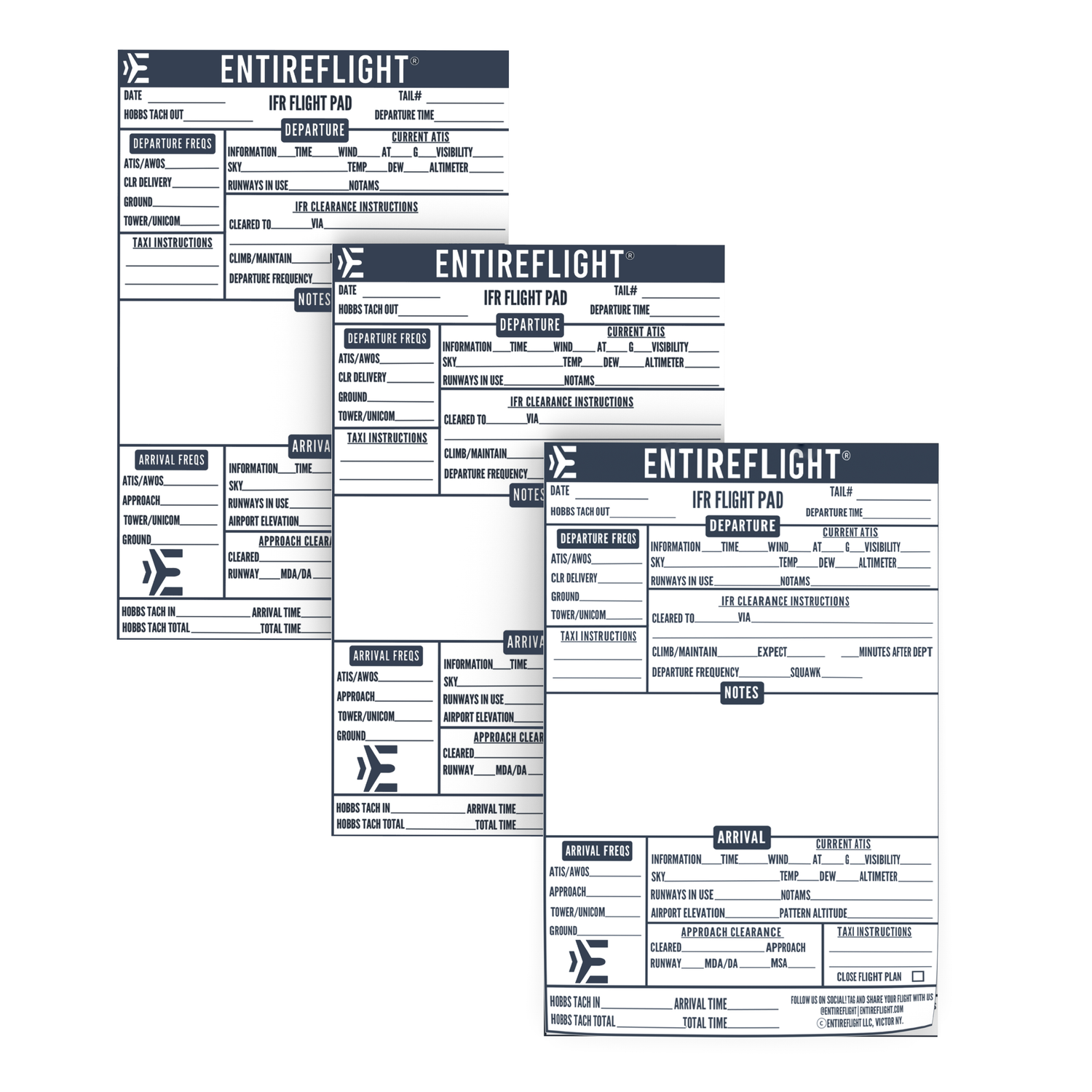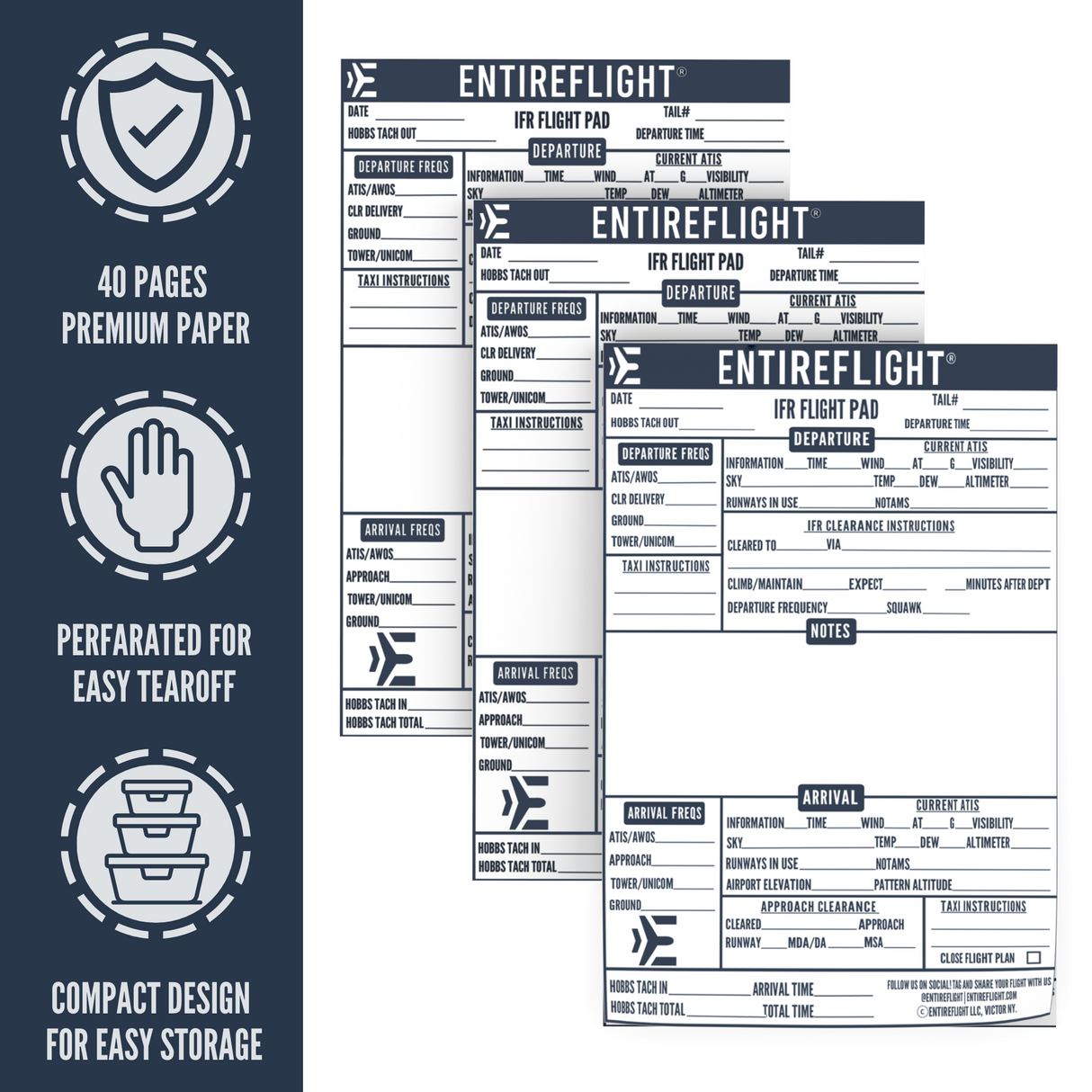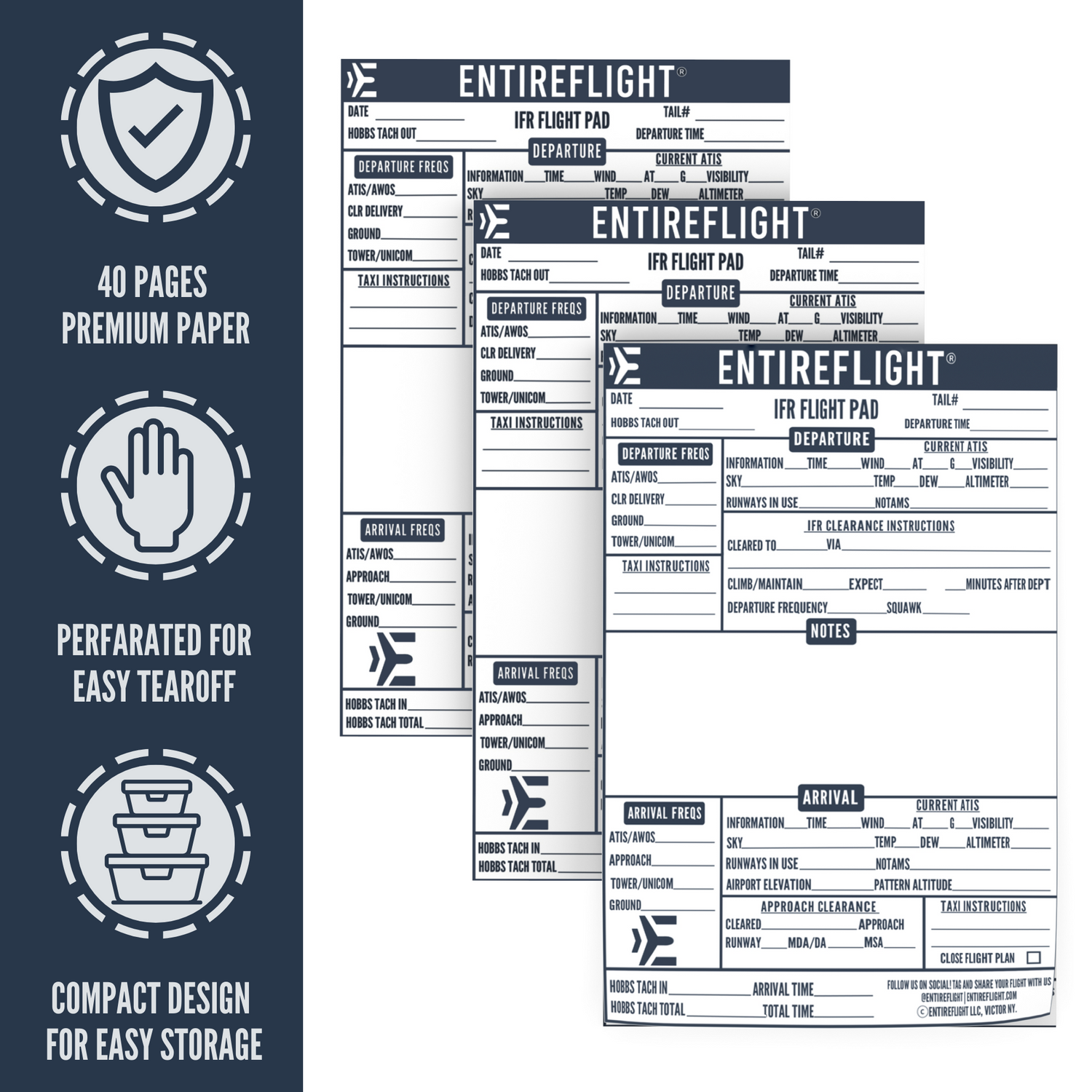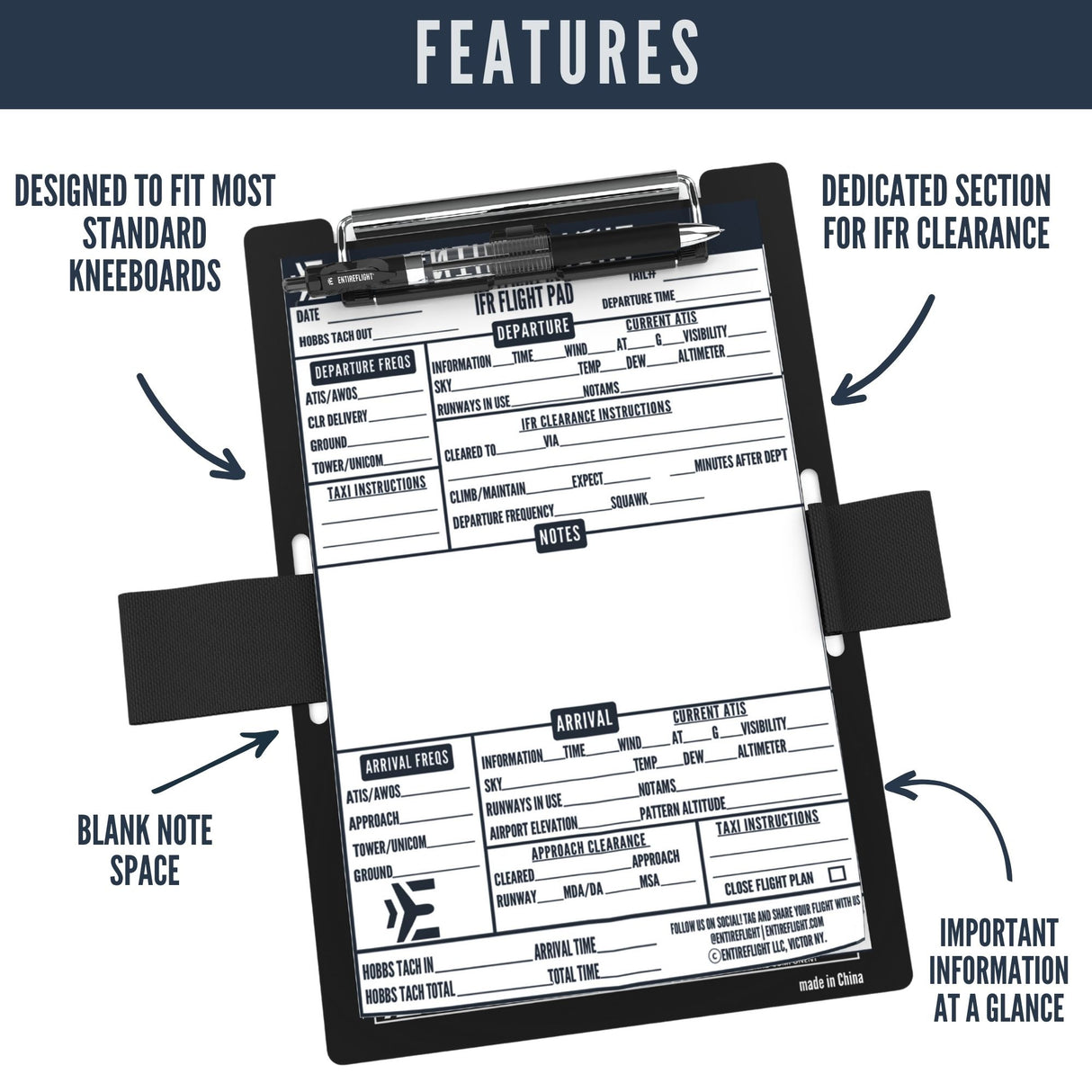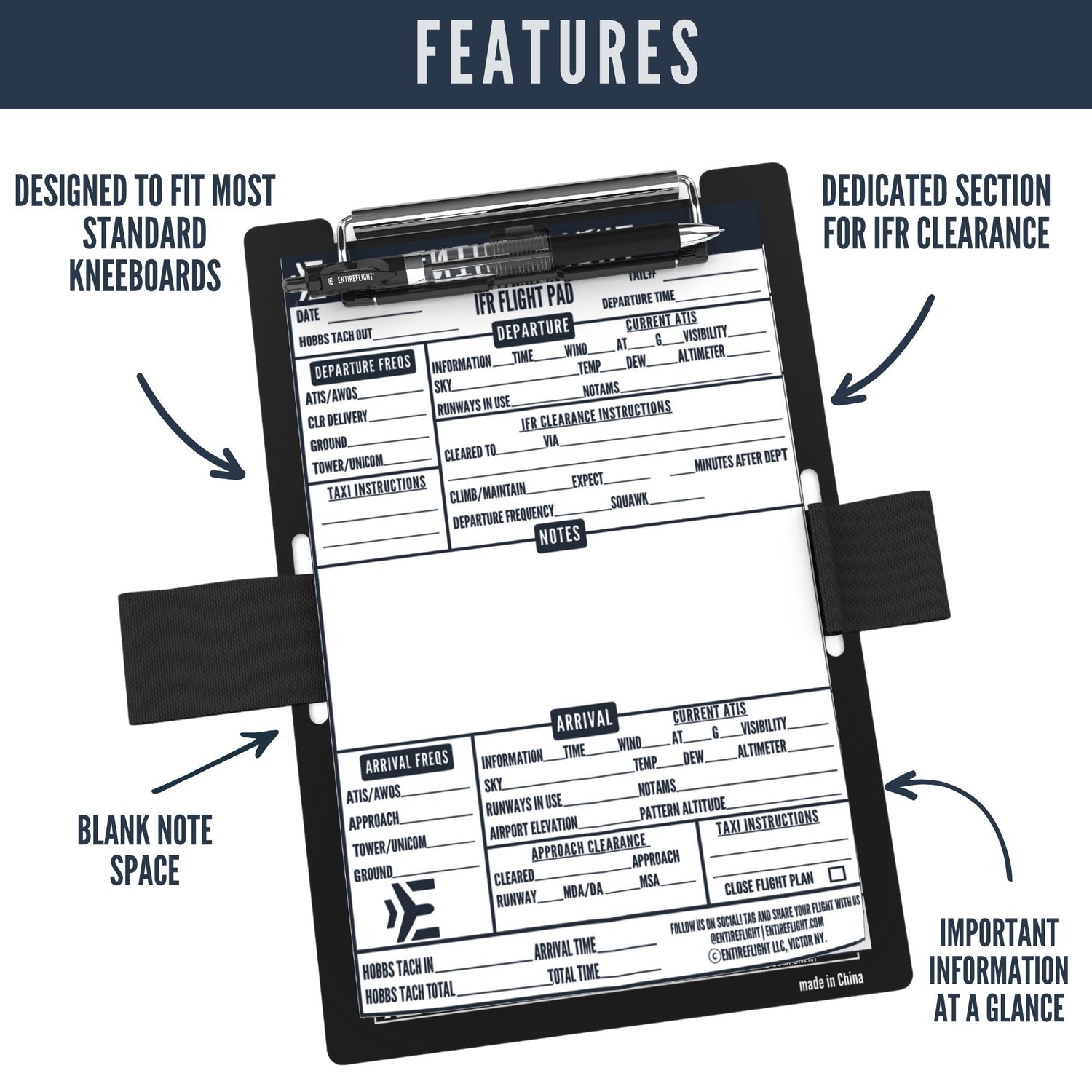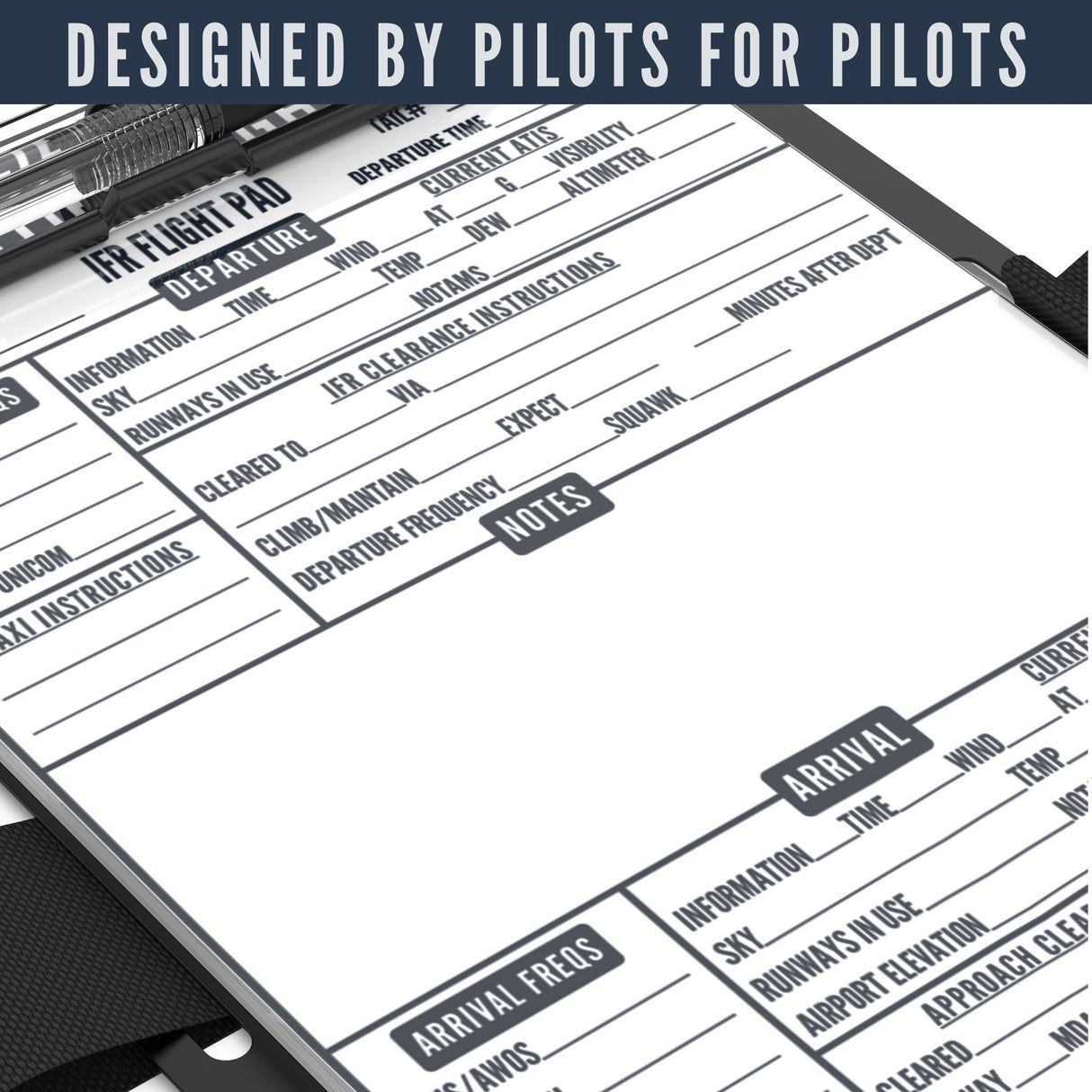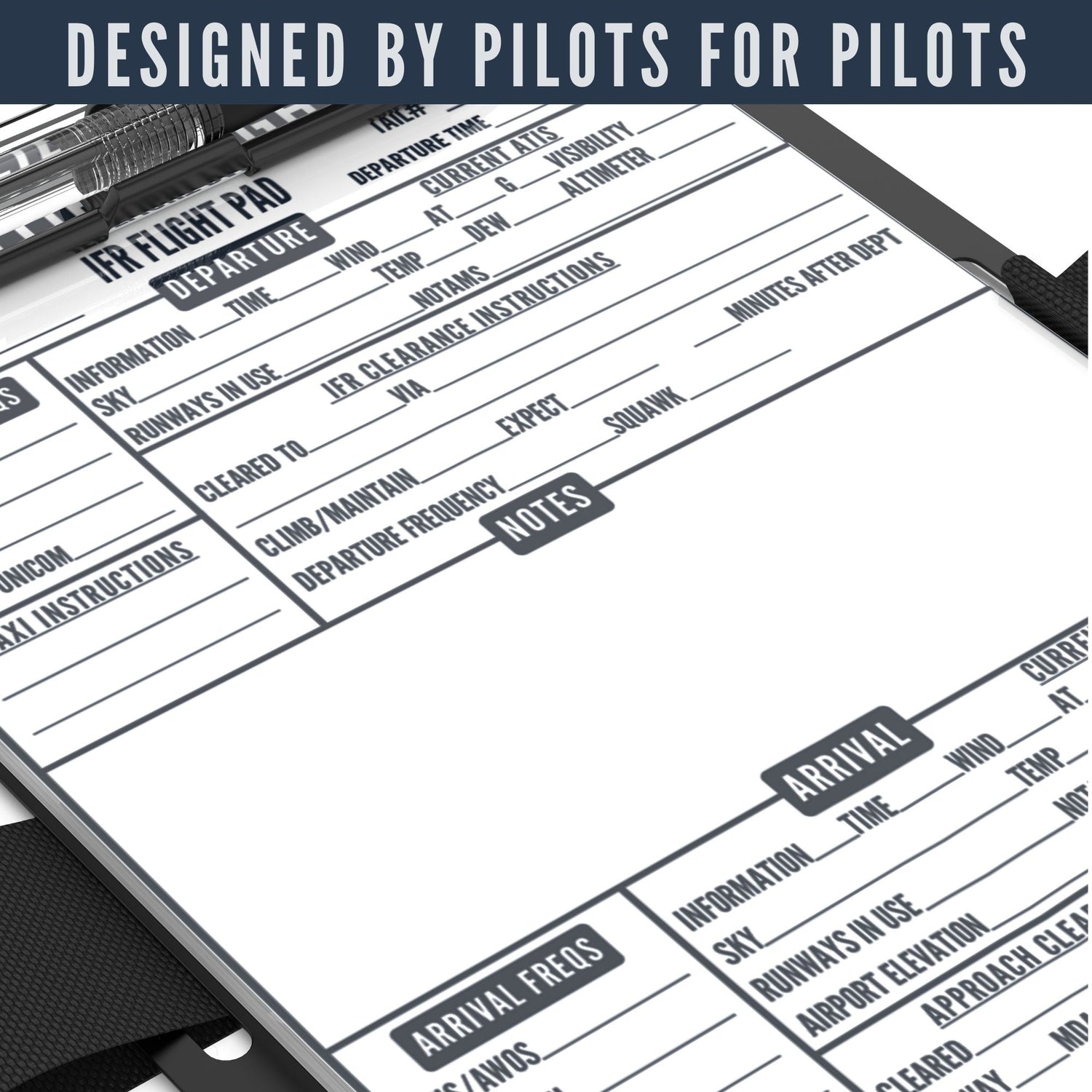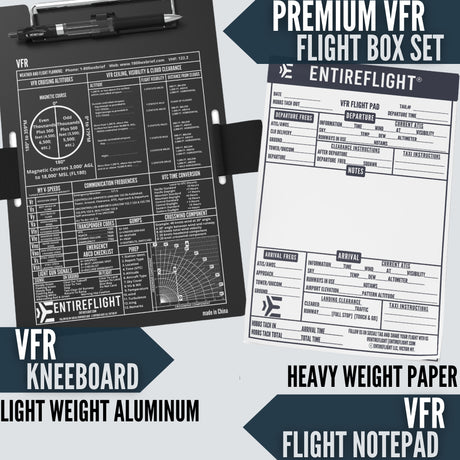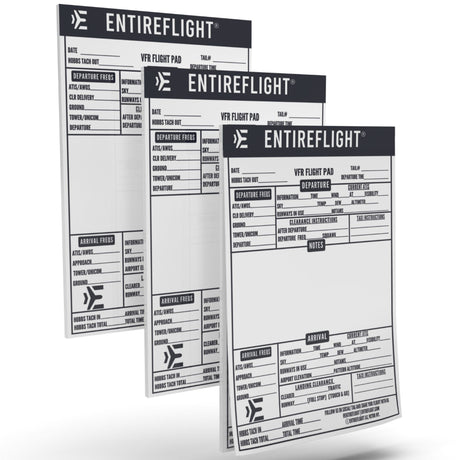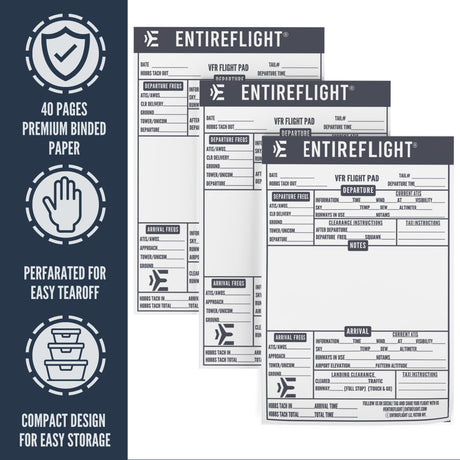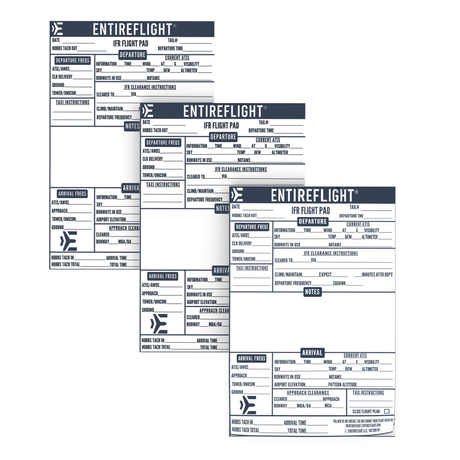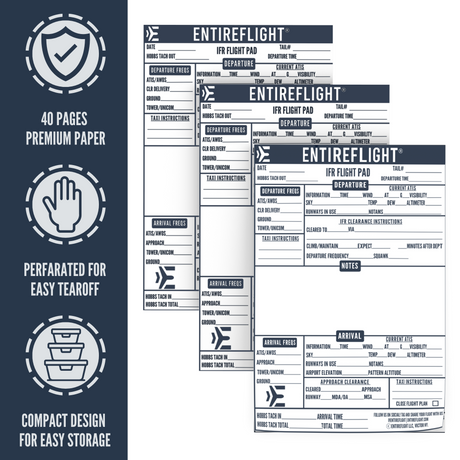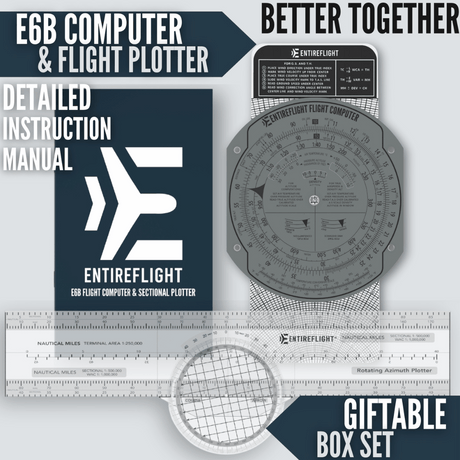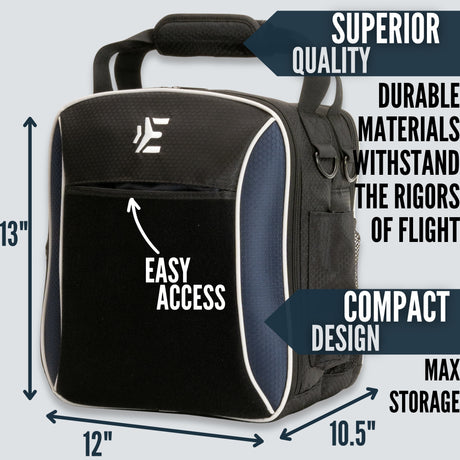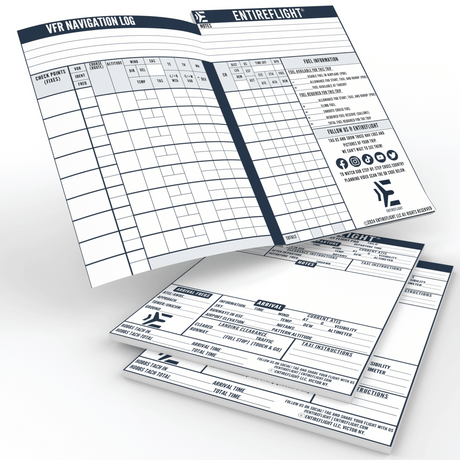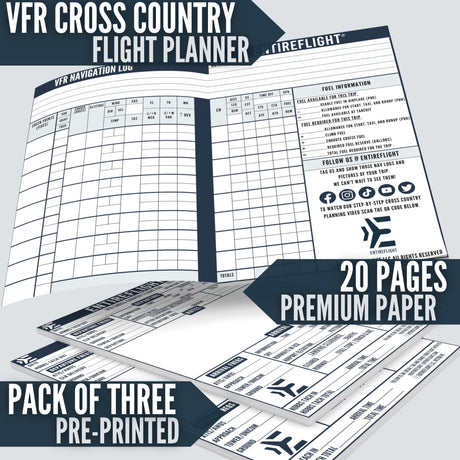How To Read an Altimeter Like a Seasoned Pro
Mastering the skies is no easy task, particularly when it involves the precise control of altitude. Are you aware that an altimeter, a crucial aviation instrument, is responsible for measuring an aircraft's elevation above sea level?
Join us as we demystify the workings of this essential tool, empowering you to enhance your flying expertise and ensure flawless flights. Get ready to explore the fascinating realm of altimeters, guaranteeing safety and accuracy every time you take flight!
Key Takeaways
- The altimeter is a crucial instrument in aircraft that measures the altitude above mean sea level (MSL) and helps pilots maintain safe flight levels.
- There are different types of altimeters, including drum type, sensitive, and absolute, each with its own advantages and uses.
- Pilots need to understand various types of altitude such as absolute altitude, indicated altitude, true altitude, pressure altitude, density altitude, and GPS altitude to navigate accurately and maintain proper flight safety.
How Does an Altimeter Work?
Types of Altimeters
The altimeter is a crucial instrument in aircraft that measures the altitude above mean sea level (MSL). There are different types of altimeters, including drum type, sensitive, and absolute. Below are simplified descriptions of each type:
Drum Type Altimeter
Drum type altimeters, essential for beginner pilots, use three concentrically mounted drums to display altitude. The smallest drum represents tens of thousands of feet, the middle one shows thousands, and the largest indicates hundreds. As atmospheric pressure changes during ascent or descent, the drums rotate to provide precise altitude readings above sea level, ensuring safe and efficient flight levels and preventing mid-air accidents with other aircraft.
Sensitive Altimeter
The sensitive altimeter, used in aircraft to measure altitude, is renowned for its exceptional sensitivity to even the slightest atmospheric pressure changes. It employs a small aneroid capsule that expands or contracts with pressure shifts, moving a needle on the instrument panel to indicate the current altitude accurately. This altimeter's precision plays a pivotal role in flight safety, guiding pilots through diverse airspaces and maintaining desired heights above mean sea level. Equipped with knobs for reference pressure adjustment, sensitive altimeters ensure accurate readings throughout flights, making them a common feature in modern aircraft, relied upon by pilots to make informed decisions during both VFR and IFR flights.
Absolute Altimeter
The absolute altimeter is a crucial aircraft instrument that precisely measures altitude above mean sea level, enabling safe navigation and maintaining correct flight altitude. By comparing atmospheric pressure to a fixed reference pressure, it accurately determines the height above sea level, ensuring safe separation from other aircraft. Pilots rely on this instrument for informed decision-making and effective responses in emergencies.
Types of Altitude
There are several types of altitude that pilots need to understand, including absolute altitude, indicated altitude, true altitude, pressure altitude, density altitude, and GPS altitude. The table below outlines all types with a short description of each:
| Altitude Type | Description |
|---|---|
| Absolute Altitude | Aircraft's height above the actual ground level, independent of any reference point. Allows pilots to navigate safely, avoiding obstacles like mountains or tall structures during flight, ensuring constant flight safety and situational awareness. |
| Indicated Altitude | Height displayed on the cockpit altimeter above a reference point, typically mean sea level (MSL). The altimeter converts ambient air pressure into altitude readings, crucial for safe navigation and maintaining desired flight levels. Proper calibration before each flight is essential, considering temperature variations and non-standard pressure conditions that may affect accuracy, while cross-checking with other instruments ensures precision and safety during different flight phases. |
| True Altitude | Actual height of an aircraft above mean sea level (MSL). Considers changes in atmospheric pressure, providing a more accurate measure for navigating and maintaining proper separation from other aircraft and obstacles. Aids in flight planning, communication with air traffic control, and informed decision-making for enhanced safety during flights. |
| Pressure Altitude | Height above a standard pressure level, calculated by setting the altimeter's sub-scale to a known pressure and reading the indicated altitude in relation to this reference point. Vital for accurate navigation, particularly at higher altitudes with varying temperature and atmospheric conditions. Allows pilots to maintain safe flight levels and prevent potential collisions with other aircraft. |
| Density Altitude | Air density at a specific altitude, considering factors like temperature and pressure. Directly impacts aircraft performance, with higher density altitudes resulting in reduced engine power, decreased lift, and longer takeoff and landing distances. Lower density altitudes mean denser air, improving engine performance but increasing descent rates during landing. Vital for safe and efficient flying, especially during flight planning and emergency situations. |
| GPS Altitude | Highly accurate and reliable measurement of an aircraft's height above mean sea level, utilizing satellite signals instead of barometric pressure. GPS system calculates the distance between the aircraft and multiple satellites to determine precise location and altitude. Provides real-time information for safe navigation during flight, particularly beneficial in areas where traditional altimeters might be affected by atmospheric conditions or instrument errors. |
Altimeter Accuracy and Errors
Altimeters can be affected by non-standard temperature and pressure effects, instrument and mechanical errors, static port blockage, and cold weather altimeter errors. Understanding these factors is crucial for accurate altitude readings during flight.
Read on to learn more about how these issues can impact your aircraft's altimeter functionality.
Non-Standard Temperature and Pressure Effects
Deviations from standard values may cause the altimeter to provide inaccurate altitude readings since it's calibrated based on standard atmospheric conditions at sea level. In encounters with extreme cold temperatures or high-pressure systems, be mindful that your altimeter may not reflect your true altitude accurately.
Instrument and Mechanical Errors
Instrument and mechanical errors can impact altimeter accuracy, making awareness essential for pilots. These errors may arise from malfunctions or inaccuracies within the instrument. A faulty pressure sensor can provide incorrect readings, leading to inaccurate altitude measurements. Mechanical issues like problems with gears or springs controlling the altimeter needle can also affect accuracy. Timely identification and addressing of these errors are crucial for maintaining reliable altitude information during flights. Understanding the potential for these errors will aid in anticipating and resolving issues when necessary.
Static Port Blockage
A blocked static port on an aircraft can cause inaccurate altimeter readings by hindering the accurate sensing of atmospheric pressure changes. This blockage may result from ice formation, insect nests, or debris obstructing the port. Regular inspections and clearance of static ports are crucial for ensuring accurate altitude readings and safe flight operations.
Cold Weather Altimeter Errors
Cold weather affects the accuracy of the aircraft altimeter. As temperatures drop, the air inside the instrument contracts, leading to errors in altitude readings since the altimeter relies on pressure for altitude determination. Beginner pilots must be aware of these cold weather altimeter errors and consider them when flying in winter conditions. Understanding temperature's impact on altimeter readings allows pilots to make adjustments and maintain correct altitude during flight.
Altimeter Regulations and Procedures
Comply with preflight action, inspections, tests, and specific regulations for VFR and IFR flights. Adhere to the correct altimeter procedures below and above 18,000' MSL. Report any anomalies with radio/radar altimeters promptly.
Preflight Action
Below is a checklist to complete before each flight:
- Check the altimeter calibration: Ensure that the altimeter is properly calibrated before takeoff. This will provide accurate altitude readings throughout the flight.
- Verify pressure sensing: Confirm that the pressure sensing mechanism of the altimeter is functioning correctly. This will ensure accurate altitude measurements based on ambient pressure.
- Inspect the pitotstatic system: Check the pitot tube and static port for any blockages or obstructions. A clear pitotstatic system is crucial for accurate altitude indications.
- Test the vertical speed indicator: Perform a test of the vertical speed indicator to ensure it is reading correctly. This instrument provides information on climb or descent rates.
- Review emergency procedures: Familiarize yourself with emergency procedures related to altitude deviations or instrument errors. Being prepared for unexpected situations is key to maintaining flight safety.
Altimeter Regulations for VFR and IFR
Understanding the regulations for using an altimeter is crucial for both visual flight rules (VFR) and instrument flight rules (IFR). Here are some important guidelines to keep in mind:
- VFR: When flying under VFR, pilots must maintain a minimum altitude of 500 feet above ground level (AGL) during the day and 1,000 feet AGL at night. This is to ensure safe clearance from obstacles and other aircraft.
- IFR: In instrument flying, precise altitude control is essential. Pilots must adhere to the assigned altitude provided by air traffic control (ATC) or specified in their instrument flight plan. The altimeter helps pilots maintain this assigned altitude accurately.
- Altimeter Setting: Before each flight, pilots must set the altimeter to the local barometric pressure as reported by ATC or obtained from a reliable source like an official weather briefing. This ensures accuracy when reading and interpreting altitude indications.
- Altimeter Check: To verify the accuracy of the altimeter, pilots should perform an altimeter check before takeoff and periodically during flight. This involves comparing their indicated altitude with known elevations on the ground or at designated checkpoints.
- Transition Altitude/Level: A transition altitude (TA) is the point at which aircraft switch from using local barometric pressure settings to a standard pressure setting of 29.92 inches of mercury (inHg). The transition level (TL) is used in areas where local QNH pressures are not available and differs depending on the region.
- Altimeter Reporting Errors: Pilots should report any significant differences between their altimeter readings and ATC-issued altitudes or radar-based altitudes, as this could indicate potential system errors that need investigation.
Altimeter Procedures Below and Above 18,000' MSL
Below and above 18,000' MSL, there are specific altimeter procedures that pilots must follow to ensure accurate altitude readings and safe flight.
Below 18,000' MSL:
- Set the altimeter to the local pressure setting provided by air traffic control. This ensures that your altimeter is calibrated to the correct pressure level for accurate altitude readings.
- When descending, adjust the altimeter setting as you transition from one atmospheric pressure area to another. This will help maintain accurate altitude indications.
- Verify that your altitude agrees with published or assigned altitudes for the route of flight.
- Set the altimeter to standard pressure (29.92 inches of mercury) when transitioning from below 18,000' MSL to above it.
- Maintain this setting until transitioning back below 18,000' MSL on descent.
- Adjust the altimeter setting if given a new assigned altimeter by air traffic control.
- Remember to cross - check your altitude with other flight instruments such as the vertical speed indicator and attitude indicator. This helps ensure accurate altitude information and aids in maintaining proper aircraft trim and speed.
- It is crucial to stay vigilant during climbs or descents to avoid altitude deviations which can lead to conflicts with other aircraft or terrain hazards.
Reporting Radio/Radar Altimeter Anomalies
If you encounter any issues or anomalies with your radio or radar altimeter during flight, it is important to report them promptly. Here are the steps to follow when reporting radio/radar altimeter anomalies:
- Notify air traffic control (ATC): Inform ATC about the issue you are experiencing with your radio or radar altimeter. Provide them with as much detail as possible, including the specific problem and any abnormal readings or indications you are seeing.
- Follow ATC instructions: Follow any instructions given by ATC regarding the altimeter issue. They may ask you to take certain actions or provide additional information to help assess the situation.
- Document the anomaly: Take note of the time and location when the altimeter anomaly occurred. Include details such as altitude readings, abnormal indications, and any other relevant information that may assist in troubleshooting and resolving the issue.
- Report to maintenance personnel: Once safely on the ground, report the altimeter anomaly to your maintenance personnel. Provide them with all the information you documented during the flight, as well as any additional observations or details that may be helpful for their investigation.
- Participate in investigation if required: Depending on the severity of the altimeter anomaly, you may be asked to participate in an investigation conducted by maintenance personnel or aviation authorities. Cooperate fully and provide accurate information to assist in determining the cause of the issue.
Altitude and Altimeter: A Must-Learn in Aviation
Grasping the functionality of an aircraft altimeter is paramount for all pilots. It empowers them to precisely measure altitude, ensuring desired flight levels and prioritizing flight safety while steering clear of potential collisions.
Pilots can bolster their understanding by acquainting themselves with diverse altimeter types, altitude distinctions, accuracy, and potential errors. Knowledge of regulations and procedures linked to altimeter usage equips them to navigate confidently through different flight conditions and handle emergency situations with poise.
As a final note, remember to always keep your altimeter calibrated and remain vigilant about any deviations in altitude measurement. This is a good practice that will help you achieve seamless flying every time.
FAQs
Q: What is the purpose of an aircraft altimeter?
A: The primary function of an aircraft altimeter is to measure and display the altitude or height above a reference point, typically sea level. It provides crucial information to pilots for navigation, maintaining safe altitude clearances, and complying with air traffic control instructions.
Q: How does an aircraft altimeter work?
A: An aircraft altimeter operates based on the principle that atmospheric pressure decreases with increasing altitude. It uses a sealed chamber known as an aneroid capsule that expands or contracts in response to changes in pressure. The expansion or contraction of the capsule is converted into movement of mechanical pointers on the instrument panel, displaying the current altitude.
Q: Are there any limitations to using an aircraft altimeter?
A: Yes, there are certain limitations to consider when using an aircraft altimeter. Changes in atmospheric pressure due to weather conditions can affect its accuracy. Additionally, variations in temperature and local barometric pressure settings can introduce errors if not properly accounted for by adjusting the instrument's settings during flight.
Q: What are some common features found on modern aircraft altimeters?
A: Modern aircraft altimeters often incorporate features such as digital displays for enhanced readability, adjustable barometric pressure settings (known as Kollsman windows), and integration with other avionics systems for data sharing and automation purposes. Some advanced models may also provide trend indicators or alert functions to aid pilots in monitoring their rate of climb or descent more effectively.

